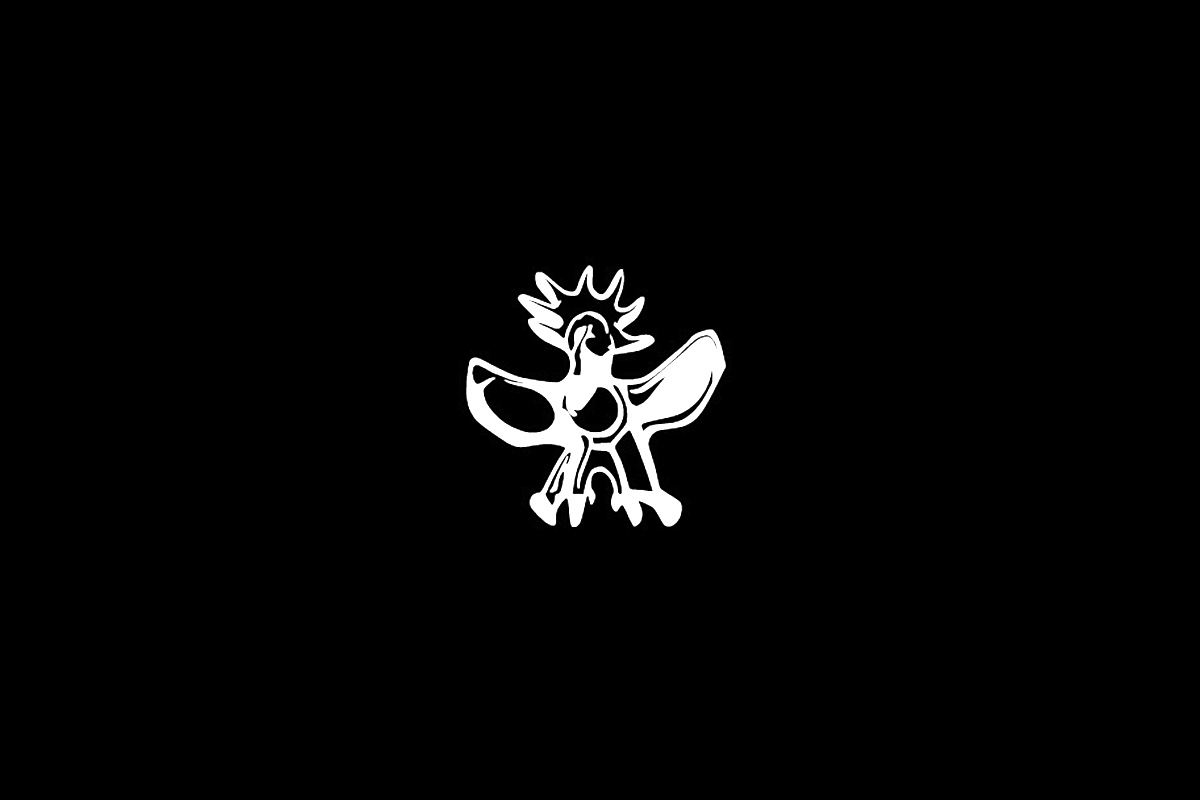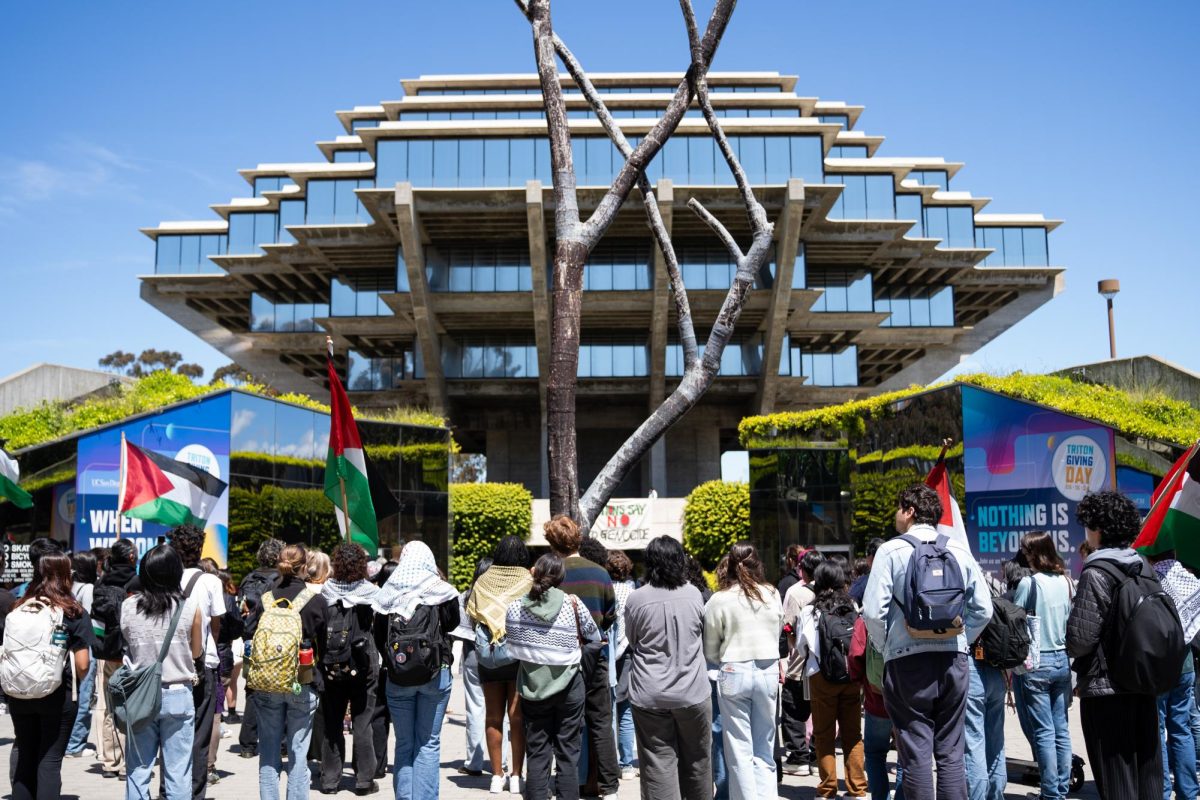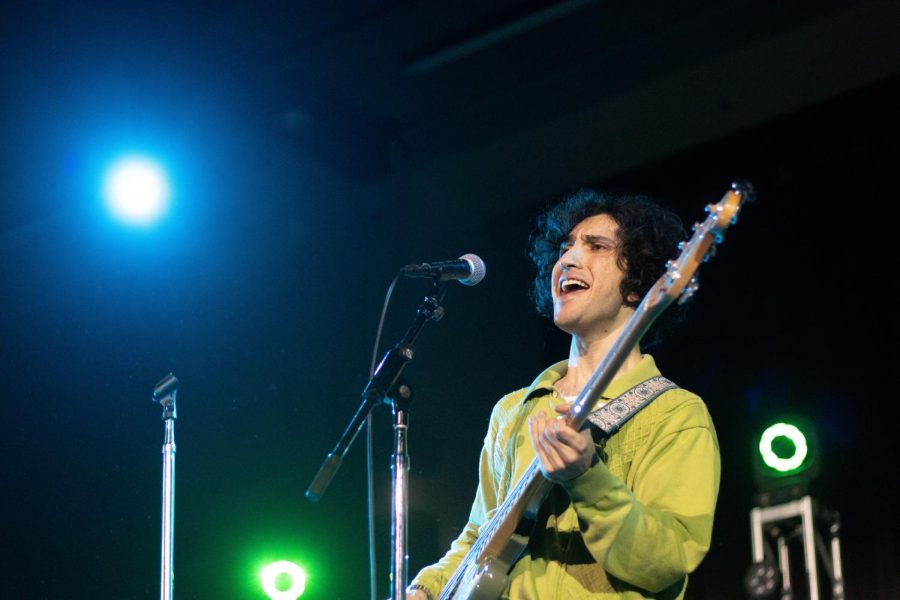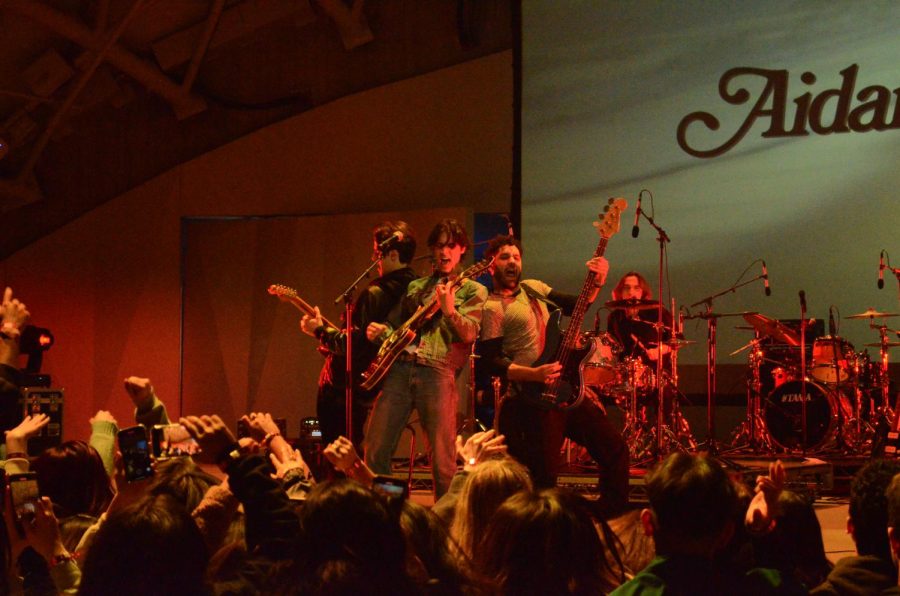After California voters banned the government use of racial preferences through Proposition 209, University of California administrators and regents scrambled to find ways to assure minorities access to its elite campuses. As part of the effort, the university invested hundreds of millions of dollars into programs designed to prepare disadvantaged students for the rigors of attaining UC eligibility and twice revamped its admissions policy.
But despite the money and changes to the way the university selects its students, underrepresented students have only dropped further behind their white and Asian counterparts, a Guardian analysis of UC application and admission data show.
In press releases, the university has generally emphasized rising numbers of both minority applicants and admits, pointing to the increases as proof of progress in making the university’s rolls look more like the polychromatic face of the state. But in relative terms, each minority applicant has actually seen his or her chances of admission drop in recent years.
For example, among students applying to enter a UC campus in 1998 — two years after the affirmative action ban — almost seven out of every 10 black applicants and almost eight out of every 10 Chicano and Latino applicants received an offer of admission, according to university data. This fall, in contrast, fewer than six out of every 10 black applicants and fewer than seven out of every 10 Chicano and Latino applicants were admitted, despite heavy investment in outreach and academic preparation programs by the university in that seven-year period.
Approximately eight of every 10 white and Asian applicants, by comparison, were offered a spot at a UC campus this fall.
While students of all ethnicities have seen their admission rates drop since 1998, largely because UC campuses have become more competitive, the declines for underrepresented groups have been larger in magnitude.
“In terms of admission rates, we have been relatively flat, and we have to work harder to improve those,” UCSD Assistant Vice Chancellor of Admissions and Enrollment Services Mae W. Brown said. “But we can’t use any factors that violate [Proposition] 209.”
Unlike the rest of the university system, UCSD has actually seen the admission rates of underrepresented minorities increase over the past five years. However, it’s still harder for minorities — especially blacks — to gain a UCSD admission than admission to the average UC campus, according to university data. While 55 percent of blacks applying for admission to a UC campus for this fall were accepted, UCSD accepted just 26 percent of black applicants. By comparison, nearly half of all Asian applicants and more than 40 percent of whites were offered admission.
“There are certainly other campuses where students continue to do well,” Brown said. “We really have a long way to go before we can reach that level of accessibility. I’m greatly concerned that we are not making up that ground.”
An era of admissions reforms
In 1999, the UC Board of Regents enacted a new path to eligibility — known as Eligibility in Local Context — that guaranteed the top 4 percent of students at every California high school a spot on at least one UC campus.
“This new approach to eligibility represents an historic change in California higher education admissions,” then-UC President Richard C. Atkinson said at the time.
The move, Atkinson explained, would send a message to all students, including those in rural and “inner-city” schools — the latter a euphemism for urban schools with heavy minority populations.
Two years later, the regents approved a massive overhaul to the university’s admissions, creating a more “holistic” approach they called Comprehensive Review. Under the new system, students received extra points for overcoming “life challenges.”
At the time, conservatives, including the Pacific Legal Foundation, one of the groups that helped pass the state’s ban on racial preference, criticized the move as a potential back-door attempt to bring back race-specific admissions.
“There is a pretty good likelihood of a lawsuit,” said Sharon Browne, one of the group’s attorneys, in an interview with the Los Angeles Times at the time.
Browne’s fears appear to have been largely unfounded. In fall 2002, the first time an incoming freshman class applied under Comprehensive Review, minorities actually saw their admission rates drop slightly, according to university data. (Though admission rates have fallen for all groups since 1998 , the numbers for blacks, American Indians and Chicano and Latino applicants sagged more than the average.)
In 2001, the first year new students entered through ELC, black and Chicano and Latino applicants saw their admission rates rise slightly. But the rates for white students rose even more.
“We have not seen the numbers change dramatically, despite Comprehensive Review,” Brown said. “The greatest weight [of Comprehensive Review] does continue to fall to academic achievement.”
A focus on outreach
A year before voters formally rejected affirmative action, the UC regents passed a resolution that eliminated the consideration of race, ethnicity and gender in the university’s admissions. The same year, the regents established a special task force to see how they could use outreach programs — designed to make students aware of the university and prepared for its admissions — to continue to attract diverse students.
“In the course of … discussions, considerable attention was given to the questions of student eligibility for outreach,” the task force stated in its final report, delivered in 1997. “The university’s outreach programs are open to all but, to the extent possible under the law, should emphasize increases in underrepresented racial and ethnic minority participation in postsecondary attendance.”
One of the reasons UCSD has not seen its minority admission rates drop in recent years, according to Brown, has been its focus on outreach programs. While other campuses have cut funding to their academic preparation programs in the face of state-funding reductions, UCSD has maintained outreach as a priority, Brown said.
“We really have to continue to stress the importance of academic preparation,” Brown said.
In recent years, students themselves have begun paying for outreach efforts. In addition to the millions doled out by the UC Office of the President, student governments across the system have invested hundreds of thousands of dollars in student-initiated outreach. UCSD’s A.S. Council alone will spend approximately $40,000 this year on similar programs.
One fervent advocate of outreach has been UC President Robert C. Dynes.
“I’m willing to put academic preparation money — outreach money — into anything that proves successful. No goofy ideas, but anything that actually achieves success,” Dynes told Guardian editors in January. “In my view, success is preparing young people so they can actually compete by the 11th grade and will be eligible for the UC.”
However, not all believe that the money spent on outreach has actually been a success. After Gov. Arnold Schwarzenegger released his budget in January, the state’s independent Legislative Analyst’s Office largely rejected the budget’s hopeful enrollment growth numbers, modified to take into account the rise in enrollment as a result of outreach efforts. That’s because the university had no evidence at the time that academic preparation actually led to increases in rates of college participation, LAO higher education analyst Anthony Simbol said at the time.
“I didn’t get anything else in the past months that has changed that,” Simbol said in an interview last week.
Outreach’s mixed record
Approximately 44 percent of black, Latino and American Indian freshman attending a UC campus in 2002 took part in one of the university’s outreach programs, the university concluded in a report for state lawmakers.
While this and similar reports do show the success of students who take part in the programs, they have stopped short of proving that the programs themselves were responsible for that success, Simbol said.
“It’s unclear what has caused these things to happen,” he said.
The problem is what social scientists call a “selection bias.” Evaluating outreach programs is like evaluating heart disease patients on a certain drug. While the patients may have more heart attacks than the general populations, there may be no reason to think that the drug’s side effects are responsible; after all, people who take heart medication start off with weaker hearts.
To get around selection biases, drug companies rely on placebos, but outreach programs have no placebo. And without one, there is no way to know whether the students who participate in them wouldn’t have been accepted to a UC campus anyway — without outreach.
“We’ve funded outreach programs, and there’s no accountability. We don’t know where the money goes,” state Sen. Jackie Speier (D-San Francisco/San Mateo) told a group of UCSD student leaders in a meeting last year. “If it’s all about having [the university] go out to high school campuses and say, ‘Hi, we’re here, come apply,’ it’s not going to change the number of minority students that are attending here.”
Speier serves as a member of the state Senate’s Higher Education Subcommittee.
The 1997 outreach task force set up goals for the university’s programs, but they focus more on the number of students that participate and how they do academically, not on establishing the efficacy of academic preparation.
“UC eligibility and competitive eligibility numbers have increased for students participating in many of the university’s student academic development programs and in most categories are on track to meet the [task force’s] numerical goals,” a special panel of experts stated to Dynes in a 2003 report evaluating UC outreach.
However, the panel conceded, the numerical goals fail to establish a causal relationship that links academic preparation and higher admission for its participants. If outreach were a medical treatment, its effect on patients would not be proven.
“UC’s evaluation of its outreach activities has produced outcomes for all major programs, but does not establish unequivocal cause-and-effect relationships,” the experts stated in their report.
One outreach program that has lent itself to a different kind of analysis is UCSD’s Preuss School. Founded while Dynes was still UCSD’s chancellor, the charter middle and high school was designed to target low-income and minority students.
Because too many qualified students applied to enter its first class, a random lottery system was used to fill Preuss School spaces; those who were not accepted made up a perfect placebo group.
While university officials proudly announced that 90 percent of the school’s first graduating class received an offer of admission to a four-year university, a June 2004 report painted a much more mixed picture. The report compared Preuss School students to identical students who had applied to the school but lost in the lottery.
“Students in the 10th and 11th grades at Preuss School and in the comparison group scored essentially the same” on state standardized tests, the report concluded, noting that both groups also had nearly identical GPAs in the 2003-04 academic year.
Criticism of the university for failing to show the efficacy of its outreach programs in recent years has mounted.
In 2003, lobbying group Citizens Against Government Waste called the programs a “$62 million marketing budget,” one that “has no purpose.” The same year, Schwarzenegger proposed eliminating state funding for UC outreach efforts.
“I can’t imagine a better program for him to eliminate,” Regent John Moores said to the San Diego Union-Tribune at the time. “Those dollars could be much better spent elsewhere.”
The state Legislature eventually restored the cuts, but Schwarzenegger again proposed eliminating outreach in his January budget proposal this year. Though he grudgingly agreed in the summer to return the money, he stated in his budget message that he was doing so “on a one-time basis, with the understanding that the university will work with the administration to fully evaluate the cost-effectiveness of each program and eliminate those that cannot demonstrate an adequate return on investment.”
The university is expected to present to the Legislature new data in the coming months — data that will causally test the success of its outreach programs, Simbol said.
Even if the data does demonstrate the programs’ effectiveness, underrepresented students will continue to lag their white and Asian counterparts in UC admissions.







